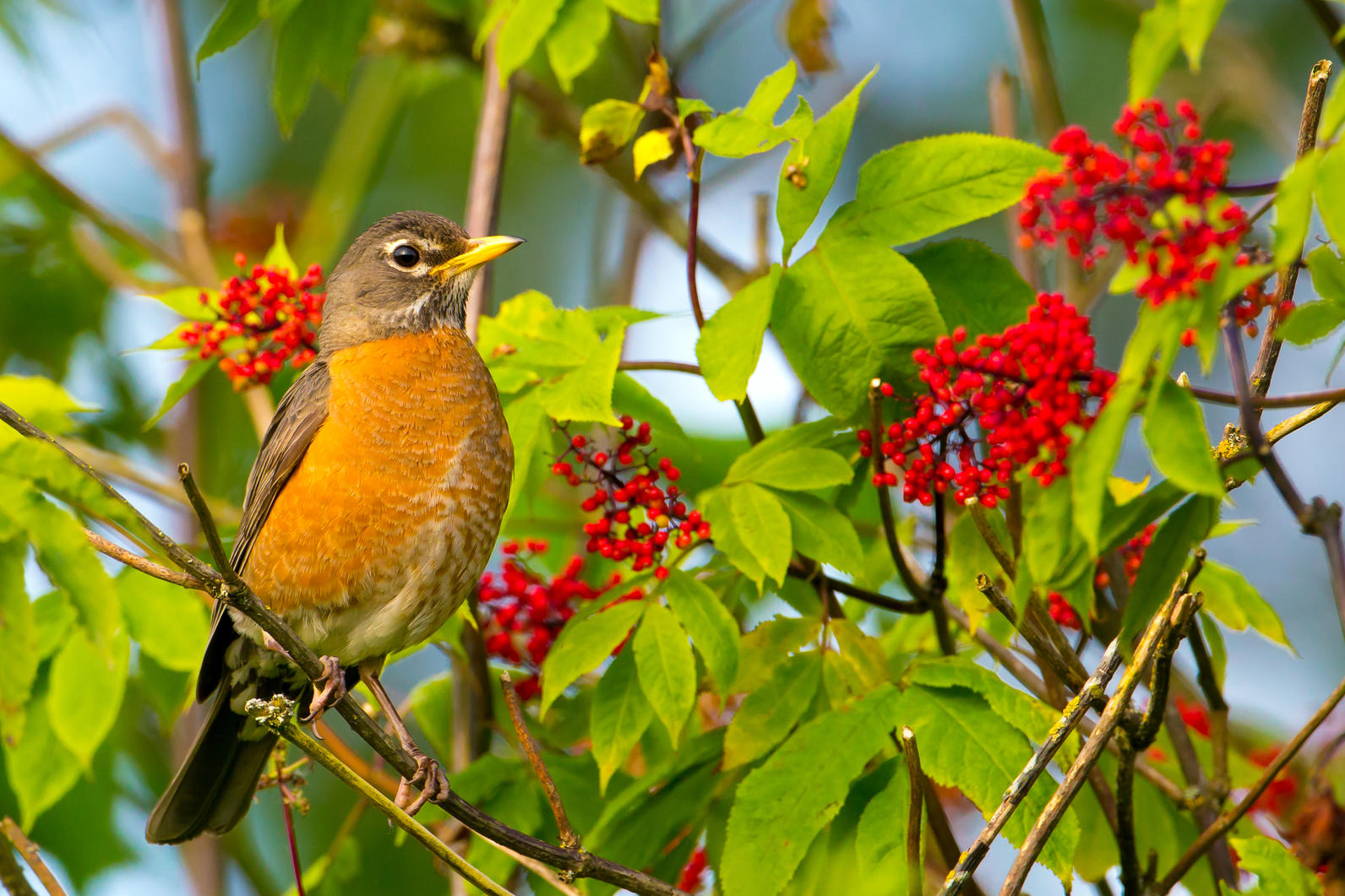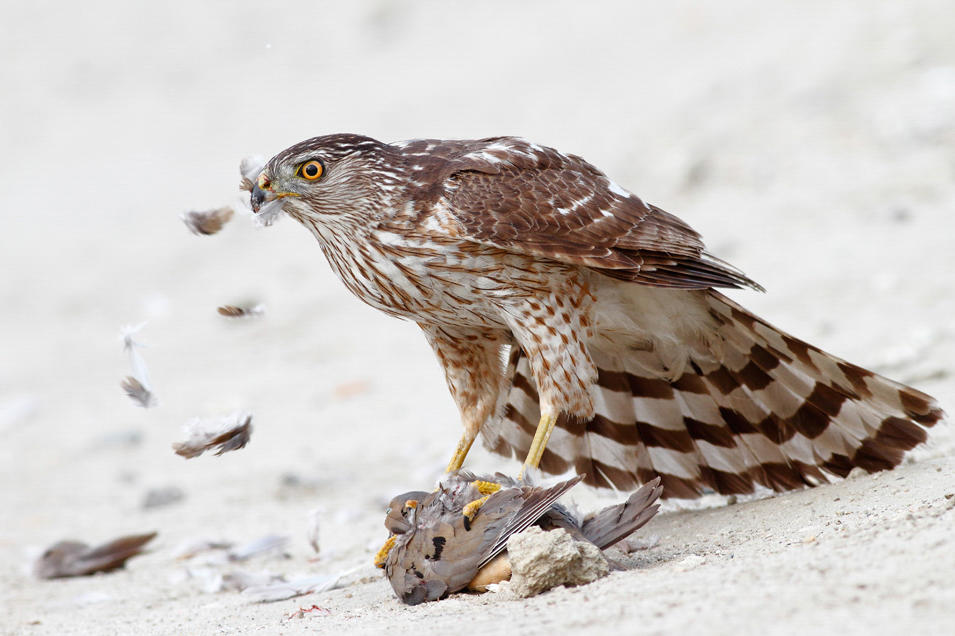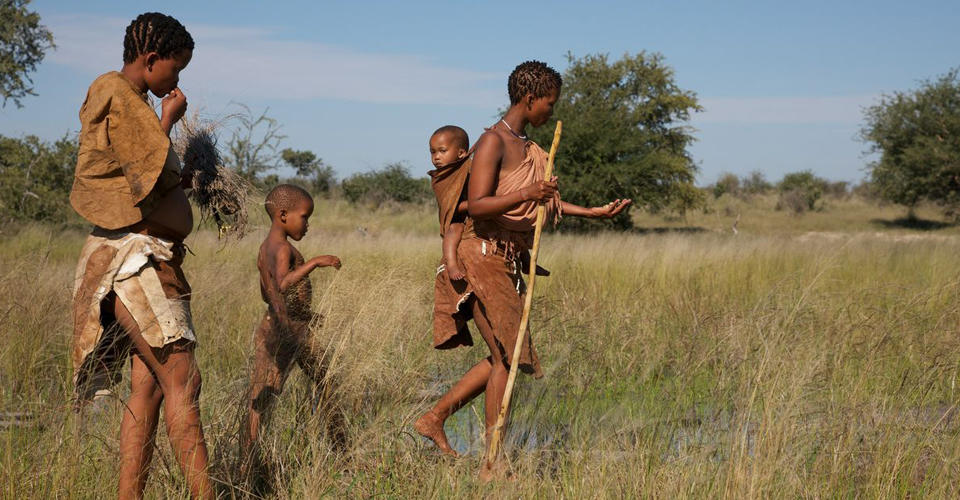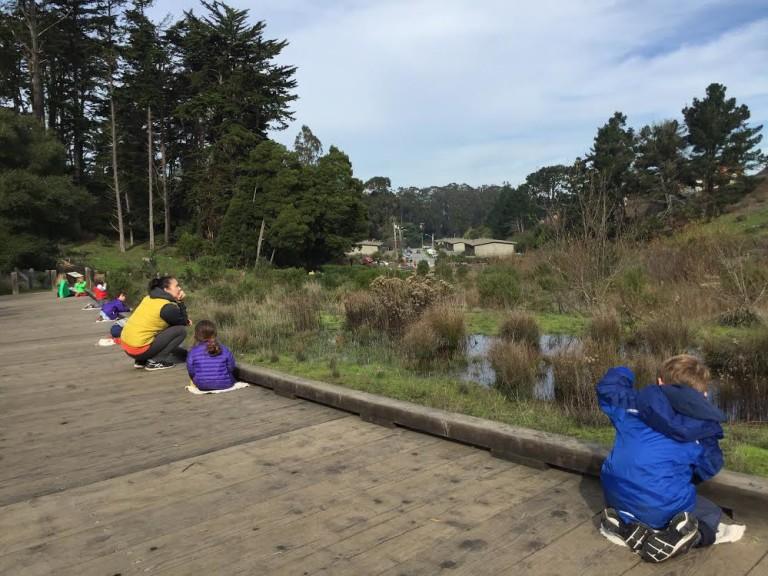Introduction to bird language with Jon Young, author of "What the Robin Knows"
The communication network of birds is vast, complex, and delicate. Pressure to survive, evade predators, and find food has shaped our winged companions’ perceptive and communicative capacities over eons.
Even more amazing is that humans can easily tune into communication between birds. This practice is called Bird Language and it reveals the exciting drama in birds' everyday lives.
When Audubon board member Joe Ellis experienced bird language, he remarked, “Birds talk to one another. We can understand it. And it’s fun!
The basic practice of the ‘Bird Sit’, is akin to an outdoor bird meditation. Simply sit in a backyard or park and quietly watch the birds for 10-20 minutes. While we sit, we ask ourselves, "What are the birds doing right now?" and observe their behaviors and vocalizations. This practice reveals the bird's secret lives and how they are driven by predation, feeding, mating and nesting in the landscape.

We also realize that we can feel what is happening with the birds around us. Bird songs help us relax, their alarms cause tension, and their deadly silence prompts us to observe our surroundings more carefully. Humans evolved to be highly attuned to this language for survival and we still have that programming inside of us.
This simple yet potent practice quickly develops quiet mind, sensory awareness and deep connection to nature.

Richard Louv, Audubon Medal Recipient and author of Last Child in the Woods, lauds bird language as one of the most advanced nature connection practices in the field. It will be featured in Louv’s upcoming book, Our Wild Calling.
Since the beginning of human history, indigeous people around the world have depended on the bird communication network for survival. As Popular Science reports, "For centuries, Native Americans have relied on so-called 'bird language' to learn the whereabouts of people and other animals that would otherwise remain invisible to the human eye."
Jon Young and Dan Gardoqui, authors of What the Robin Knows, teach bird language around the world. As a young boy, Young learned bird language from naturalist Tom Brown Jr. who was trained by an Apache elder. Young further refined the model through working with the San Bushmen in Botswana who live in the wilderness and are bird language experts. The Bushmen's motivation to know bird language is summed up in one word: Lions.

Bird language is accessible for all ages. It is a cornerstone program at Stretch the Imagination, a nature-based preschool in San Francisco. Founder Michelle Lawton says, "Listening for Bird Language hooks children with the first stories of the predators who terrorizes the songbird realm. They learn to feel the oppressive silence as the Cooper’s Hawk flies onto the landscape and all songbirds ditch for cover. Heightened awareness infiltrates the experience as they come to understand the panicked calls vs. the melodic song of a feeding sparrow."

Students report that tuning into the birds has given them an edge in all kinds of endeavors in their modern lives – including their perception of complex human interactions, expanded creativity and a heightened sense of interdependence.
To learn more about bird language,
- Bird Language Basics DVD
- Bird Language website
- What the Robin Knows book by Jon Young and Dan Gardoqui
- The Birder video featuring Dan Gardoqui, Science Editor of What the Robin Knows
Try your first bird sit and let us know how it goes!







